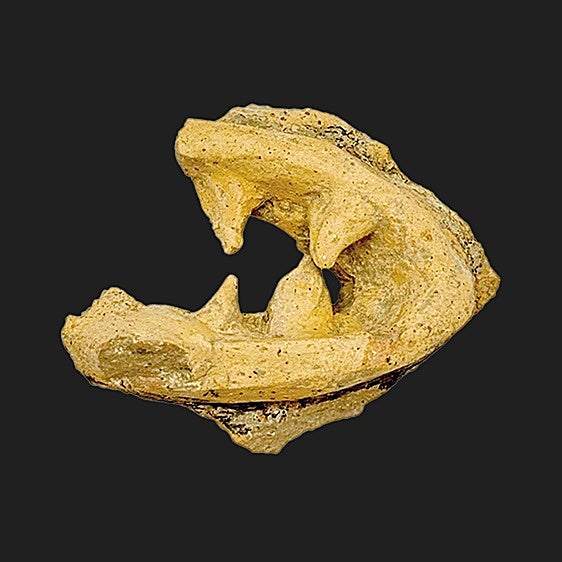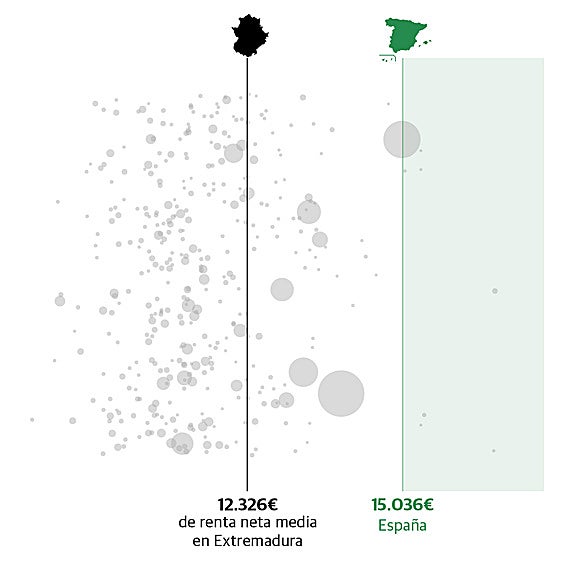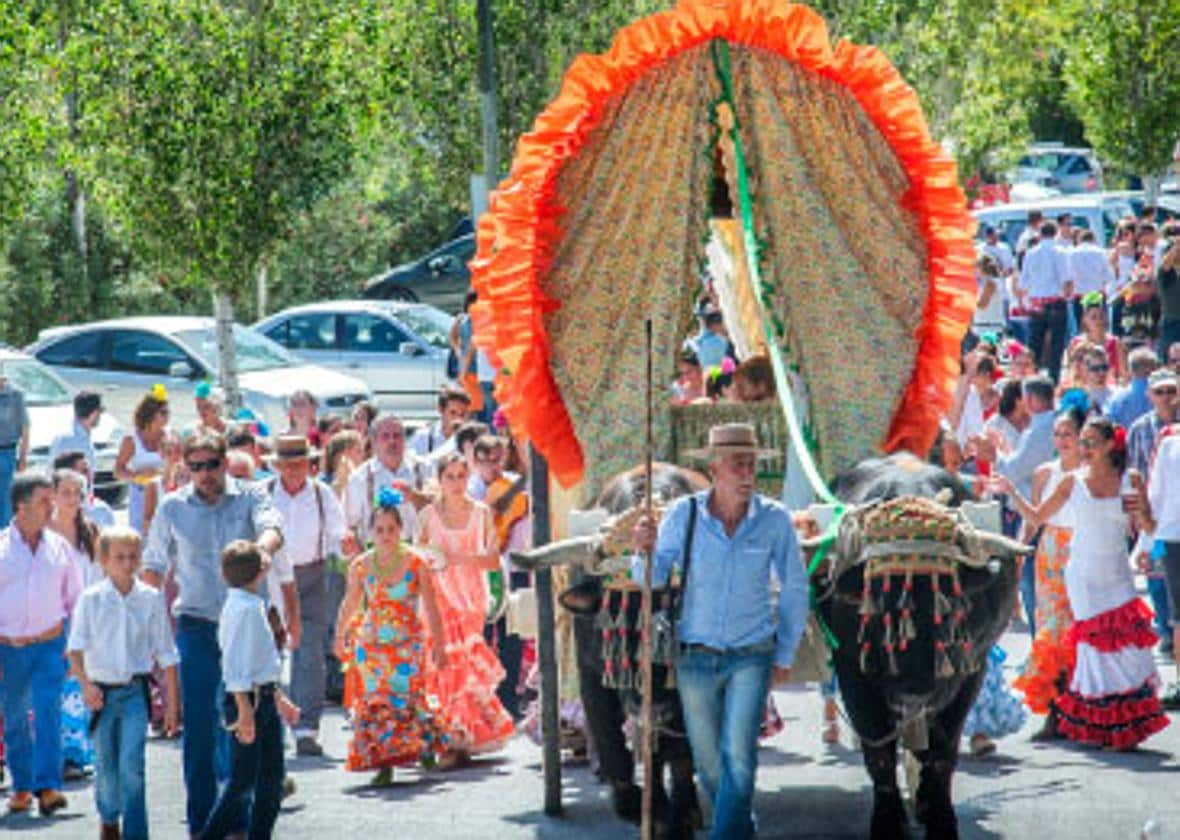A traditional pilgrimage with a long history
Although the Romería de San Miguel in Torremolinos now attracts around 200,000 people, it began as a modest event, but opinions differ about the year it first started
Torremolinos will host the biggest cultural gathering of the year this weekend, when the town comes together for the colourful Romería de San Miguel, the second largest pilgrimage in Andalucía after El Rocío, held in Huelva each May.
-
1990 By 1990, more than 80 brightly decorated carts pulled by oxen and tractors and around 175,000 people are said to have participated in the San Miguel pilgrimage
The event, which will take place on Sunday 24 September, attracts not only the locals of the Costa del Sol town, but pilgrims from all over the region. Last year's festivities, which honour the town's patron, Archangel San Miguel, attracted around 200,000 people, who danced and sang behind a procession of oxen and tractor-drawn carts that wound their way through the streets of the town and on to the El Pinar woods. Here, the pilgrims embark on an afternoon of frivolous fun, followed by a mass in honour of the patron at the small shrine located close to the botanical gardens.
Families come together in the woods to eat, drink and sing, while the beasts are left to relax under the shade of the pine trees.
This event, declared a Festival of National Tourist Interest, is dripping in Andalusian custom and tradition, and along with the brightly decorated carts, the day offers an insight into a typical celebration. The women wear colourful flamenco-style dresses, while the men are attired in cordovan hats and rociero costume for a day that offers a postcard image of a truly Spanish festivity.
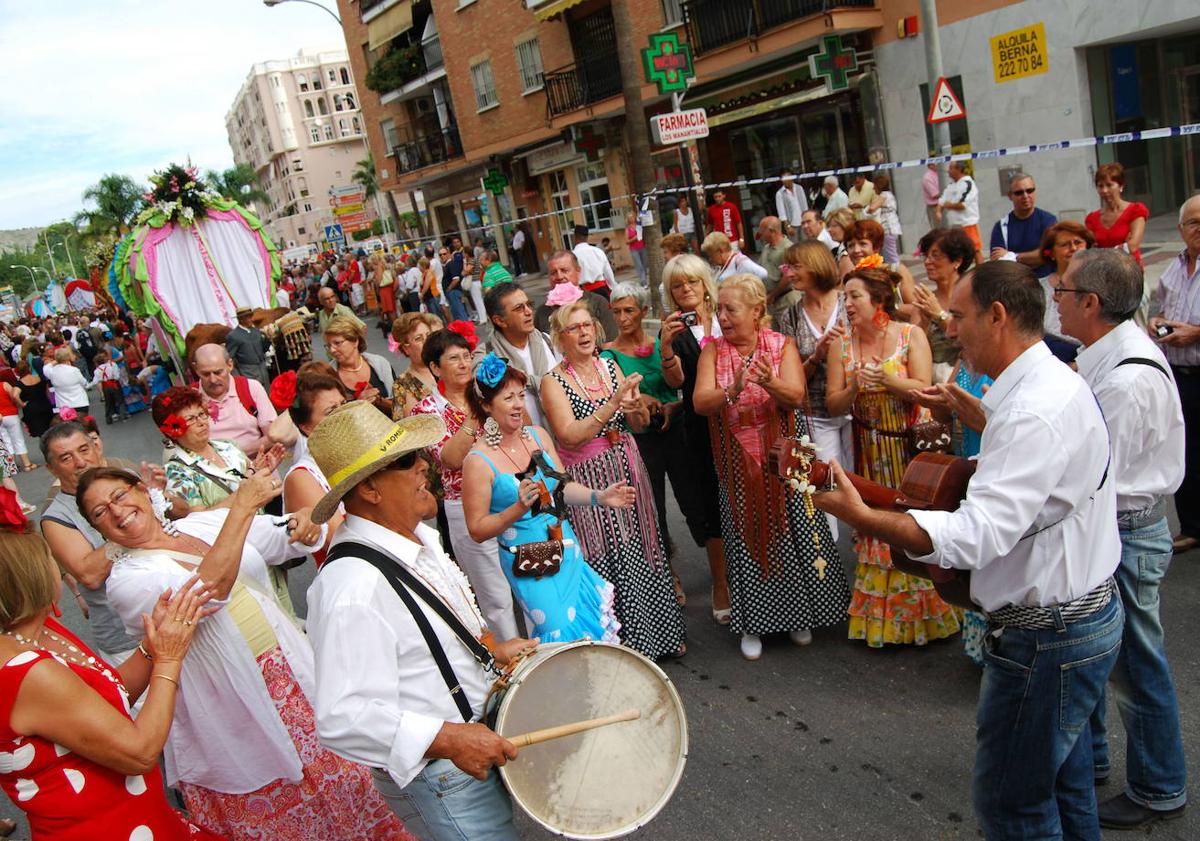
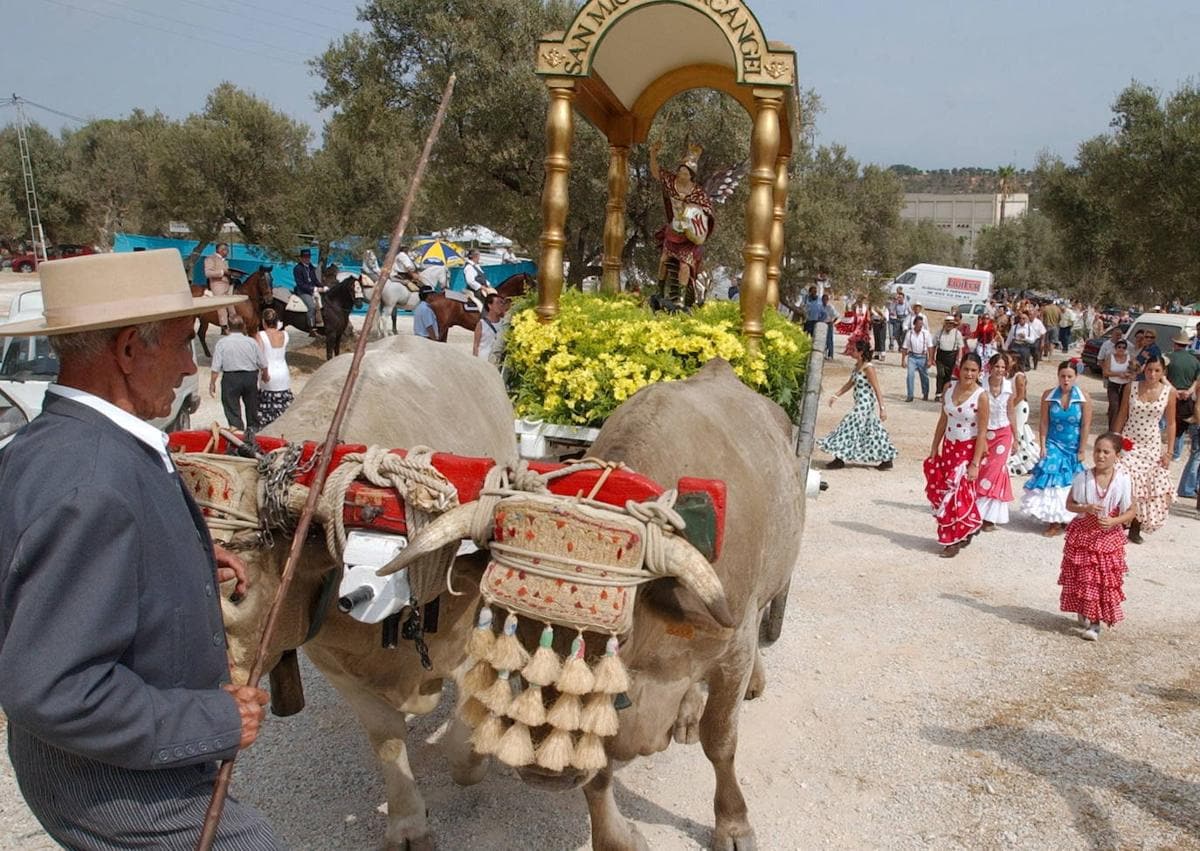
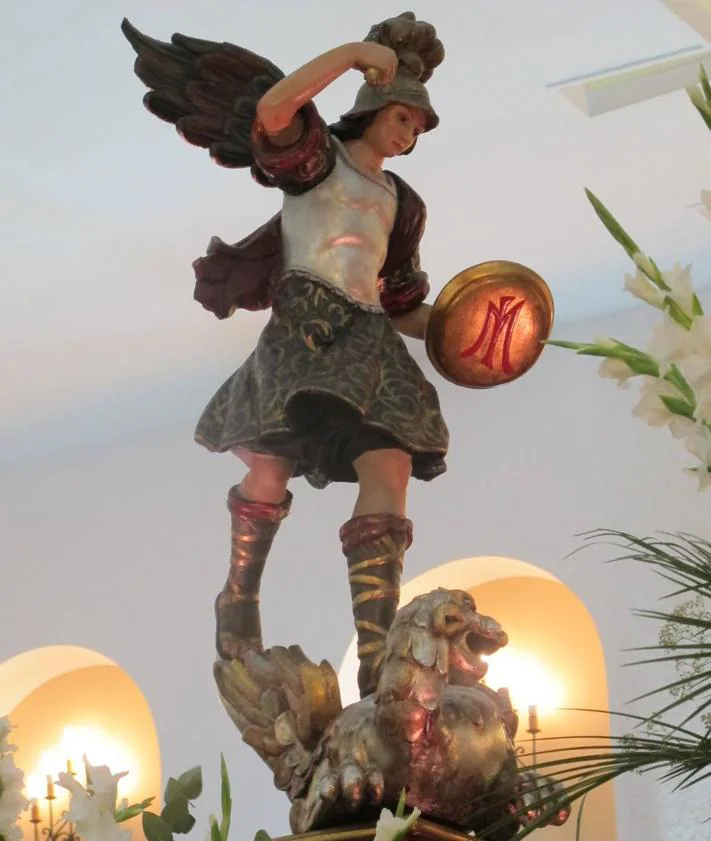
Although the pilgrimage, which signals the start of the town's fair, now attracts hundreds of thousands of visitors, it began as a fairly modest gathering, although no one seems certain of the year it first appeared.
According to local author José Lacuey, this pilgrimage, a pagan-religious festival, "dates back to very ancient times, so old that it is lost in history".

Although verbal tradition affirms that the event was already celebrated before the 1930s, the first information about the pilgrimage is from 1940.
In his book, The Feria de San Miguel: its origins and its history, Carlos Blanco refutes that it was established prior to 1930. Blanco used feria programmes from 1917, and from 1926 until 1929 for his research, and he claims that there is "no documented evidence" that it began to be celebrated before the Civil War (1936-39). He goes on to say that newspapers of that time, such as El Regional, usually reported on the Torremolinos fair, but during these years there was no reference to a pilgrimage.
Blanco states that the first certified evidence of this pilgrimage dates to 1940. He bases his findings on an article published in SUR on 29 September 1940, which reported that the people of Torremolinos were summoned to a "great pilgrimage", and that prizes would be given to the best decorated carts.
The route has changed several times over the years, first beginning in the neighbouring municipality of Benalmádena, before heading to Torremolinos, but in 1948, the route was changed to one similar to today, from Los Manantiales, through El Calvario and onto El Pinar.
Although no one seems to know why, the popularity of the romería faded during the 1960s and did not regain its vigour until the 1970s.
American writer, and a resident of the town in the late 1950s and early '60s, David Mathis Johnson, described the event in his book, Torremolinos, as "just a dozen or so donkeys followed by around 50 people".
In 1972, just four carts were followed by around 200 people; while in 1977, there were five times as many carts and more than 20,000 pilgrims. The romería continued to gain momentum, and, according to information published by SUR, 40,000 people attended the procession in 1979, 80,000 in 1983, more than 100,000 in 1984, and 150,000 in 1986.
By the early 1990s, more than 80 carts and around 175,000 people are said to have participated in the procession.
Unprecedented popularity
In the first years of the 21st century, the gathering reached unprecedented popularity, with a massive influx of more than a quarter of a million people, leading to an estimate that Torremolinos romería is the second most popular after that of El Rocío.
However, the pilgrimage has not always been held to honour the town's patron. In 1940, it was known as the Gran Pilgrimage, and in 1944, Fiesta Campera. It was not until 1950 that the event was dedicated to San Miguel.
The date has also changed over the years, first being held on 31 August or the 1st September, until it was decided to host the romería on the Sunday before the Torremolinos fair begins, which falls during the last week of September.
Blessing and mass
This year's romería will begin at the Ermita de San Miguel at 9am, when a mass will be held, after which, the pilgrims are blessed. This is followed by the departure of the image of the patron.
The procession will begin from Avenida de los Manantiales at 10am and embark on a journey to the town centre, before heading up into the old district of El Calvario and on to El Pinar. Here, the congregation splits, the less devout heading to the fair ground to enjoy the delights of the casetas, many of which present flamenco recitals and, of course, the chance to dance sevillanas. Others head to the woods to eat and make merry with family and friends, before heading to the shrine to pay their respects to San Miguel.
There will also be live performances of light flamenco and sevillanas at the entrance to the shrine from 4.30pm.


